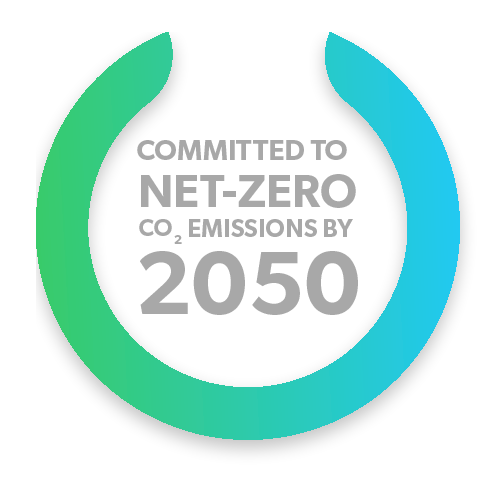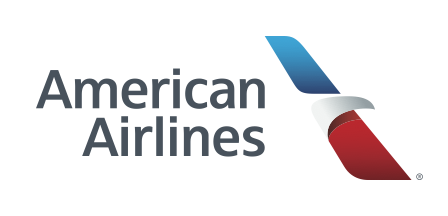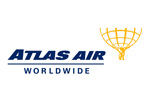


Committed to Net-Zero Carbon Emissions by 2050

The major U.S. airlines have committed to working across the aviation industry and with government leaders in a positive partnership to achieve net-zero carbon emissions by 2050.
In addition to achieving net-zero carbon emissions, our commitment to climate and sustainability includes improving the understanding and addressing the climate impact of non-CO2 emissions. While CO2 is the only significant greenhouse gas emitted from aircraft, other non-CO2 impacts from aviation, including from the formation of contrails, also affect climate. Learn more here.

Related News
Scaling Up Sustainable Aviation Fuel
The U.S. aviation industry has taken a leadership role in the development and deployment of sustainable aviation fuels (SAF). A4A and the Administration have set a shared “challenge goal” of making 3 billion gallons of cost-competitive SAF available to U.S. aircraft operators in 2030.


U.S. airlines are proud to help lead the fight against climate change with a myriad of measures that make our operations greener and our skies cleaner. U.S. carriers transport over 2.6 million passengers and 61,000 tons of cargo per day while contributing just 2 percent of the nation’s greenhouse gas emissions. And the airline industry is the only one in the world to voluntarily commit to a global agreement to reduce and offset carbon emissions: The Carbon Offsetting and Reduction Scheme for International Aviation (CORSIA) calls for carbon-neutral growth in international civil aviation from 2020 onward.


U.S. airlines are continuously investing in more fuel-efficient aircraft and engines, developing sustainable aviation fuel and implementing more efficient procedures – both in-flight and on the ground. U.S. airlines improved their fuel efficiency (on a revenue ton mile basis) by more than 145% between 1978 and 2022, saving over 5.9 billion metric tons of CO2. That’s like taking more than 29 million cars off the road EVERY YEAR for over 40 years.
U.S. airlines are proud to be part of the climate change solution, and we call on policy makers to partner with us by implementing the following measures:
- Sustainable aviation fuel blender’s tax credit
- Further modernization of the air traffic management system to enhance efficiency
- Continuation and expansion of public-private aviation environmental research and development programs
- Implementation of the Carbon Offsetting and Reduction Scheme for International Aviation (CORSIA)
- Backing for emerging technologies like carbon capture and sequestration
Click on the links below to find out more about our member airlines’ sustainability initiatives.
Close Site Search
Search Icon Search
Filter By Topic:
0 results









